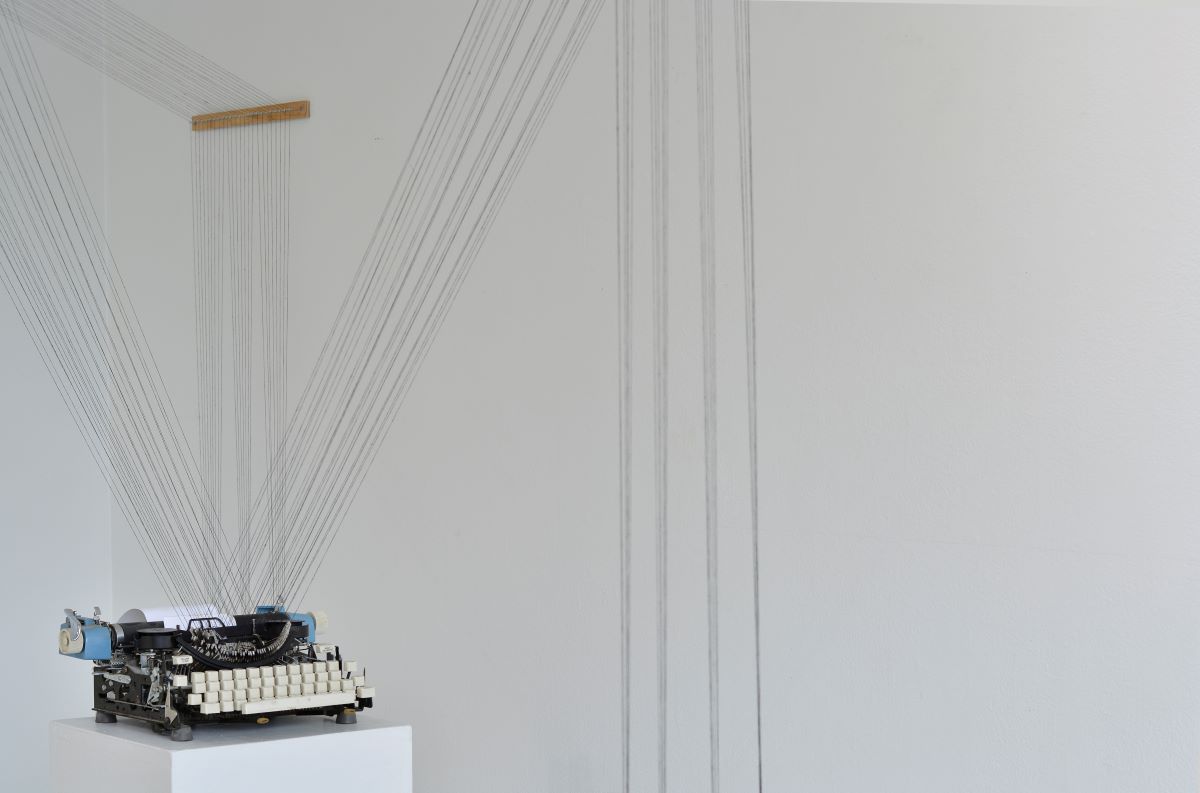A new student fee proposal from Portland State’s Student Fee Committee could raise incidental fees between 13–44% and building fees between 3–30% for the 2020–21 academic year.
The SFC proposal was submitted earlier this February to Interim President Stephen Percy. If accepted, the fees would go into effect for all students starting fall 2020. The fee increase is dependent upon credit hours—for both undergraduate and graduate students taking eight or more credits, the incidental fees will increase by $33 from $263 per term to $296 per term.
“The $33 increase is actually lower than it would have been for full time students because we did a restructuring of the way the fee is done,” said Sam Swan, vice chair of the SFC.
PSU student Julia Farmer said, “$33 is not that much compared to everything else we are already paying for. But if it goes up every year, it will get really expensive really fast.”
“There is that sign everywhere that shows in big print that there is a $27 million dollar surplus, so it seems a little unneeded,” said PSU student Nolan Young in regards to the American Association of University Professors flyers posted around campus.
The largest incidental fee increase will come for undergraduate students taking seven credits, in which a proposed 44%—or $82—increase per term will occur.
“Before, there was a much lower amount that people were paying between one and eight credits,” Swan said. “They were paying quite a bit less, but they have access to almost equal services on campus. So we bumped that up quite a bit and then slowly raised the fee incrementally with credits until you hit eight credits.”
“I don’t like that they’re raising fees because I’m just barely scraping by,” said PSU student Kevin Garcia. “This last payment that I did, I had 98 cents in my account after I paid the university.”
The SFC consists of seven elected students whose jobs are to allocate student fees across 32 fee-funded areas (FFA) ranging from athletics to resource centers to student media organizations.
“This was a really long process that spanned back to the summer,” Swan said. “First, we defined our funding philosophy which every SFC does every year.”
The funding philosophy is a list of priorities that is referred to throughout the year in regards to what will eventually get funding.
“At the beginning of the year our Budget Advisor informed us of the enrollment forecasts that would create a $1.2 million deficit in the Student Incidental Fee Budget for fiscal year ‘21,” the SFC stated in the memorandum addressed to Percy.
The SFC was tasked to figure out how to compensate for the loss of income while keeping up with the yearly cost increases from FFAs.
During fall term, every FFA received 15 minutes to present to the SFC three budget scenarios: current service level, base budget and a 3.5% cut.
“Current service level is asking ‘how much would you need next year to do the same thing that you are doing this year?’” Swan said.
“Base budget is ‘if you got the exact same dollar amount as last year, what would you do with that?’” Swan said. “That is essentially a cut because things get more and more expensive every year with inflation.”
“The 3.5% cut is asking them ‘if you were to, outside of professional staff or legally obligated increases…absorb the 3.5% cut that encompasses enrollment decline, how would your program operate?’”
Most of the cuts organizations would be forced to make in these scenarios would directly impact students. Absorbing the budget cut would cause Student Legal Services to lose their immigration clinic, the food pantry to cut hours back by 33% and the multicultural center to eliminate multicultural graduation.
Along with budget scenarios, these presentations also included any “strategic asks” an organization had.
“A strategic ask is a program expansion,” Swan said. “A program will say ‘we want to do more programming’ or ‘we want to add this student position’ or ‘we want to add more hours of service to students,’ so this is how much we would need to be able to do that.”
SFC members ranked each strategic ask based on their funding philosophy.
“The strategic ask is where we were really, really careful and very aware of the extra cost that this has to students,” Swan said.
This year, the SFC only approved about half of the strategic asks.
“This is not a year that we were super keen on just expanding everything because that just directly comes out of the pockets of students,” Swan said.
While keeping the proposed incidental fee increase in mind, the SFC did a similar restructuring for the building fees. The proposed building fee starts at $20 per term for students taking one credit and maxes out at $39 per term for students taking eight or more credits.
The student building fee is meant to fund non-academic or student-ran buildings such as Smith Memorial Student Union.
“We set it at $39 per term…because we are starting to try and build reserves to actually do the Smith renovation,” Swan said.
“This year, because the incidental fee is increasing so much, we’re not pursuing taking on debt or increasing this fee as well to a ridiculous amount to cover that.”
“I think there is a general lack of information about how bad Smith really is, because on the face it doesn’t look great, but it’s functional,” Swan said. “We’ve toured this building, and there is coolant leaking into pro staff offices and it’s actually very hazardous. It’s rotting from the inside out.”
The SMSU renovation has been discussed for the past five years.
“I thought Smith was new,” PSU student Inian Bordine said. “I think there are other buildings that need more work.”
“As students, we don’t see a lot of what’s wrong,” PSU student Kaitlynn Johnson said. “But if it’s a safety hazard, then I think that is kind of the top priority.”
“This really needs to get done, but we also don’t want to do a renovation and increase fees to students when they have expressed a desire specifically to not pay for this,” Swan said.
Percy has until February 19 to respond to the fee recommendation before it is presented to the Board of Trustees’ Finance and Administration Committee for final approval.






